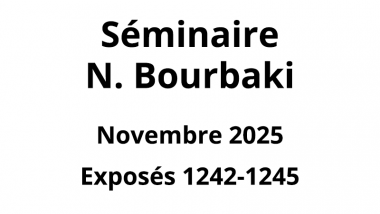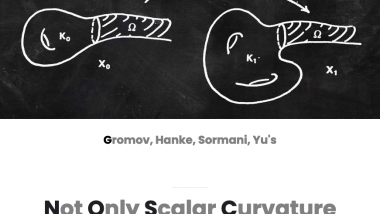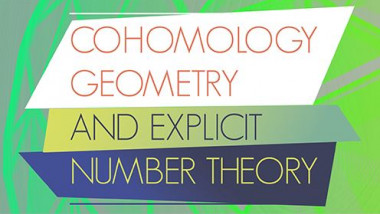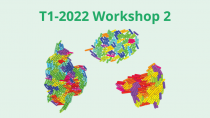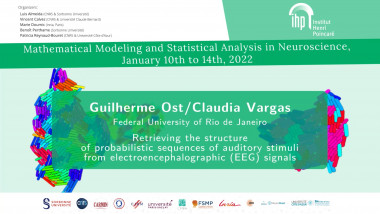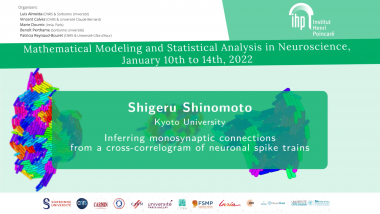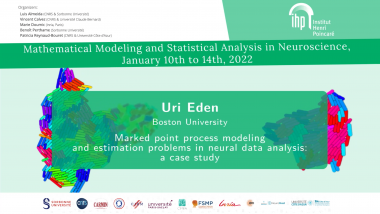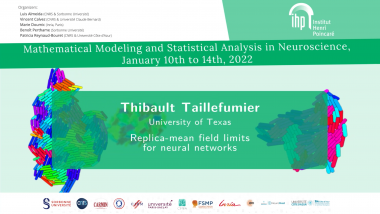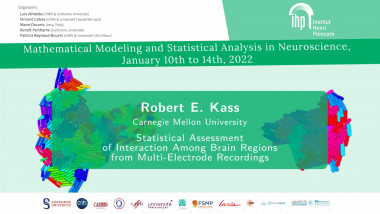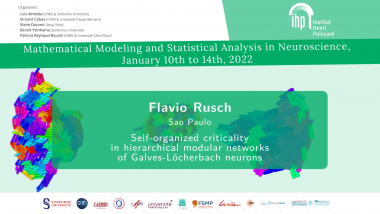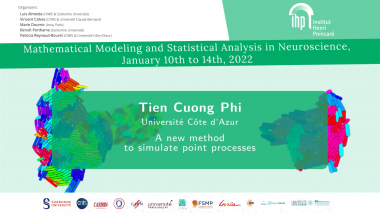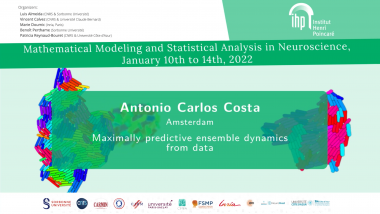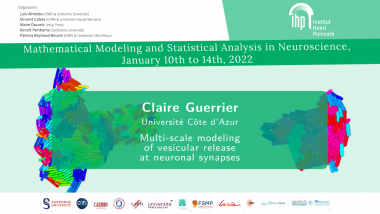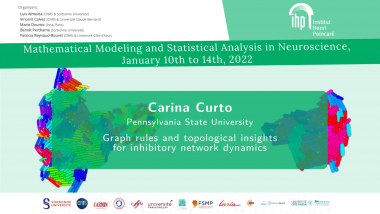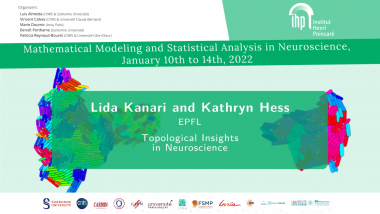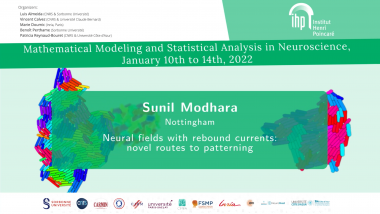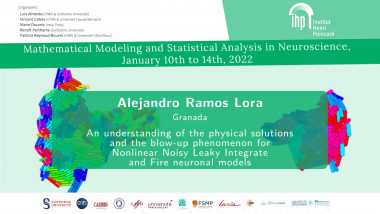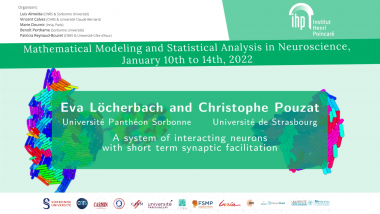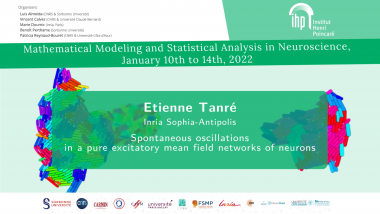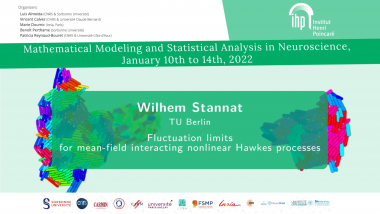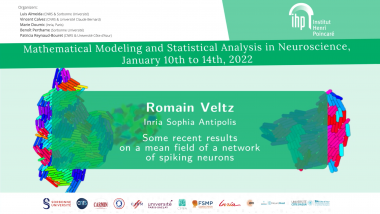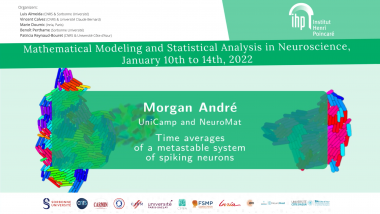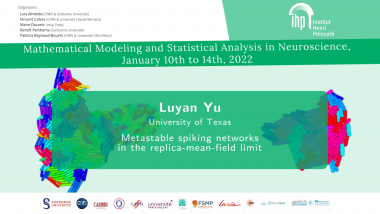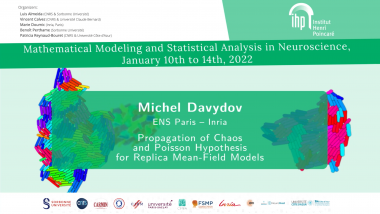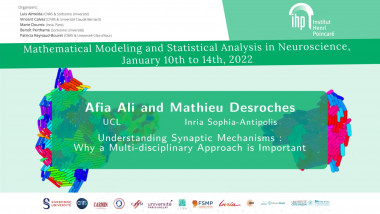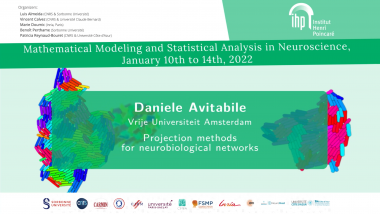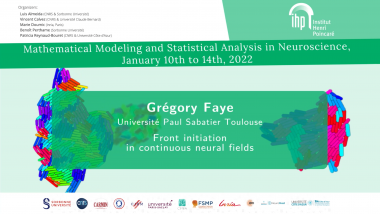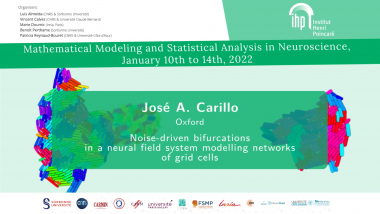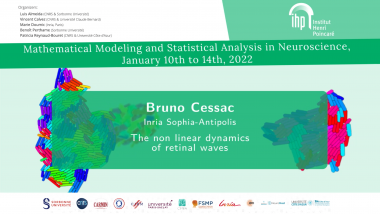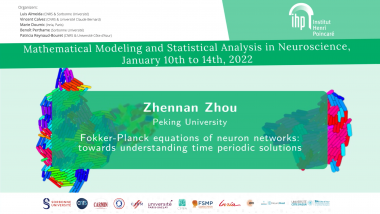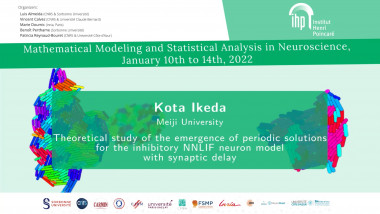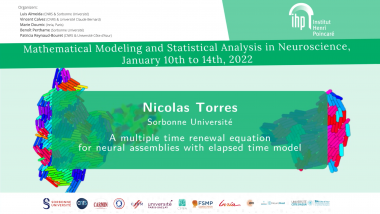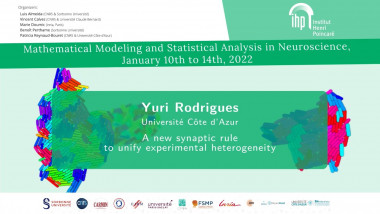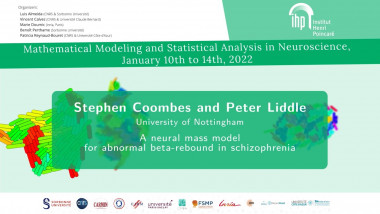Statistical Models of Interaction Across Brain Regions from Multi-Electrode Recordings
De Rob Kass
Statistical and machine learning methods, which form the foundation for artificial intelligence, have much in common. Approaches identified with statistics are centered on statistical models, which are, in spirit, similar to mathematical models used in neuroscience: they aim not only to perform well in reproducing the variation seen in data, but also to provide insight into the nature of the variation. Statistical models decompose data variation into a component to be understood (the signal) and a component to be ignored (the noise).
I will illustrate the value of careful statistical modeling using three recent examples, all having to do with the identification of interactions among neural populations across brain areas.
One high-level conclusion from these studies is that it is important to define “population” and “interaction” carefully. A second is that it can be useful to consider neural population activity as arising from unobserved, latent drivers. From this perspective, communication across neural populations corresponds to interactions among latent variables, with neural activity across cortical and sub-cortical brain areas forming statistical hierarchies.
